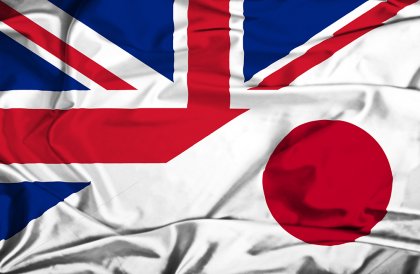It has been well documented that Japanese to English translation is fraught with difficulties and is one of the most complex translation processes that can be undertaken. The differences are wide ranging and extensive including factors such as sentence structure and use of grammar.
With such differences, obtaining completely accurate Japanese to English translations can cause issues with areas including:
- Legal Documents
- Company Reports
- Medical Files
- Technical and Engineering Documents
- Personal Documentation
What are the differences between Japanese and English?
When looking at the specific differences between the languages, the first area we can analyse is the grammatical differences. For example, some of the differences include:
- Japanese does not use “a” or “the” but instead other special inclusions are made to provide the required nuances.
- The structure of sentences places the verb at the end of the sentence
- In addition to not using “a” or “the” the Japanese language also doesn’t have an equivalent for “ at/by/in/to/from/with”
- As the Japanese language does not include elements such as plurals or future tense, the English to Japanese translation does require significant work to restructure the sentence in order for it to read clearly and make sense.
- The Japanese language does not use upper and lower cases and there are no direct English equivalents to the forms that are used.
These are just some examples of the differences between the Japanese and English languages that face the translator. There are many more which need to be taken into account when going through the process of translating between the two languages.
What needs to be done to get an accurate Japanese translation?
Due to the complexity of the Japanese to English translations, the process that needs to be followed is somewhat different to the translation process of other languages that have similar structures. In order to deliver the most accurate and meaningful translation, the process can contain up to 5 or 6 phases, compared to 2 or 3 for other languages. These phases allow the translator to compare the original document and the translated document to ensure that the meanings and nuances are captured and so delivering a true and natural translation.
These examples of the differences between Japanese and English highlight the challenges that are faced by the translator. Naturally, with an increase in the phases required to accurately translate between the 2 languages, this increases the time required to deliver the final translated document. This additional time always needs to be factored in to the translation process so planning and scheduling the work can be key.
Our highly qualified and experienced Japanese translators have many years’ experience translating a wide range complex documentation from Japanese to English and vice versa. Each translator is qualified and specialises in the field from which the document originates, meaning that they are able to accurately understand and translate the subtle nuances to deliver the highest quality translation.
If you would like to discuss your next Japanese to English translation project, we would welcome your call.
